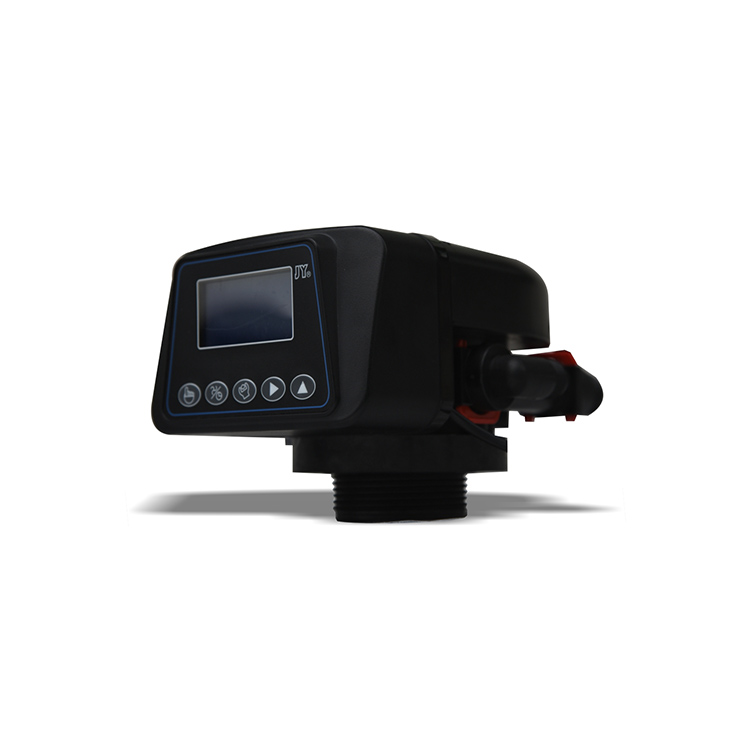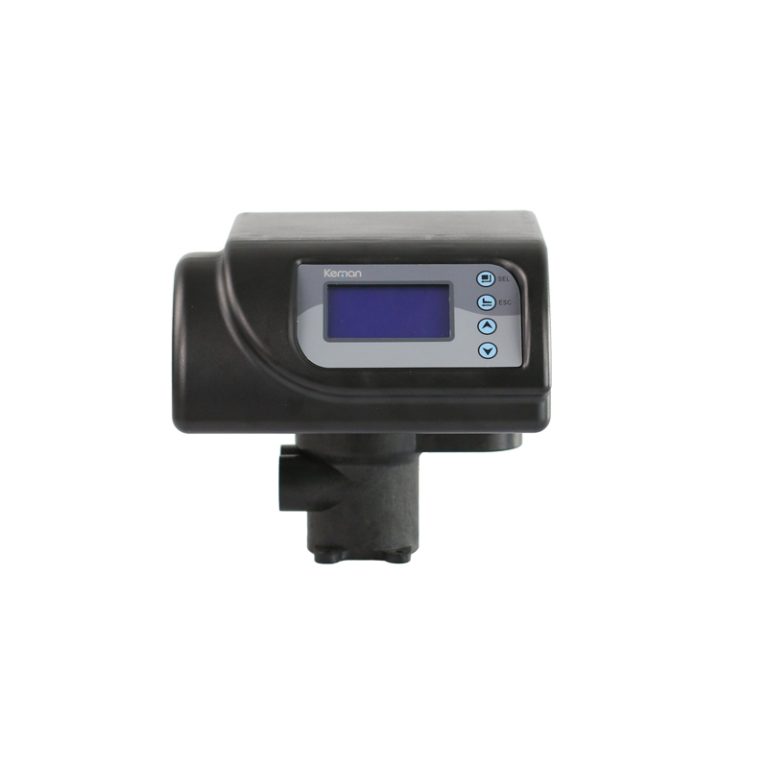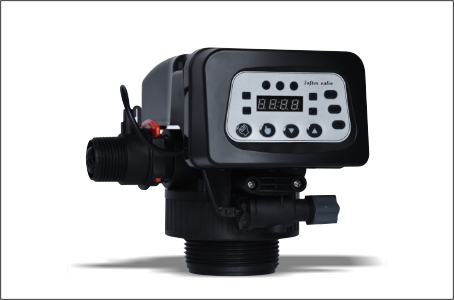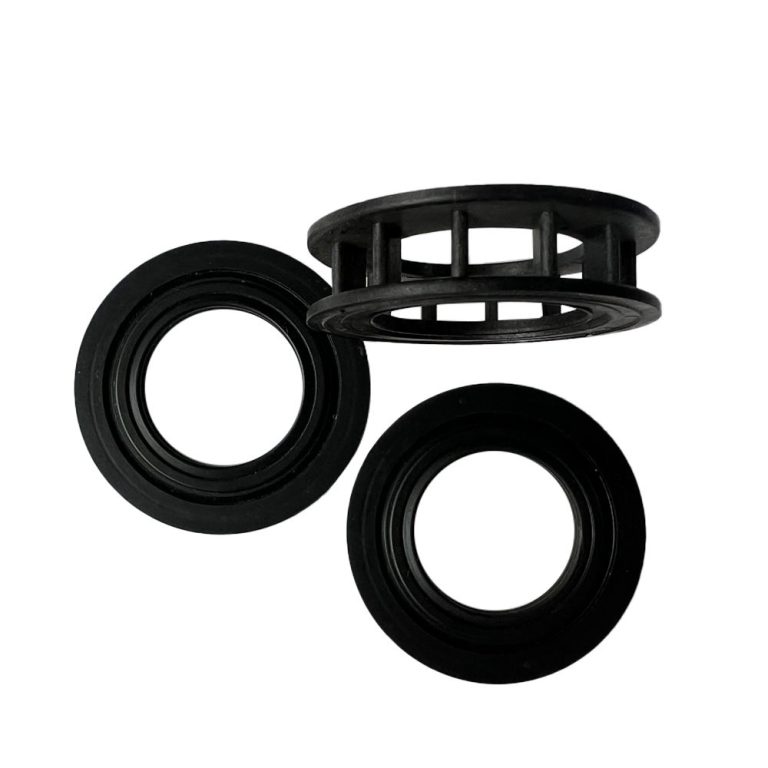“Experience the difference with a water softener valve tank.”
Table of Contents
Benefits of Upgrading to a High-Efficiency Water Softener Valve Tank
Water softeners are essential appliances in many households, especially in areas with hard water. These devices work by removing minerals such as calcium and magnesium from the water, preventing scale buildup in pipes and appliances. One crucial component of a water softener is the valve tank, which controls the flow of water through the system. Upgrading to a high-efficiency water softener valve tank can offer several benefits for homeowners.
One of the primary advantages of upgrading to a high-efficiency water softener valve tank is improved water quality. These tanks are designed to more effectively remove minerals from the water, resulting in softer and cleaner water for your household. By upgrading to a high-efficiency valve tank, you can enjoy the benefits of softer skin and hair, as well as cleaner dishes and laundry.
In addition to improved water quality, high-efficiency water softener valve tanks can also help homeowners save money on their utility bills. By removing minerals from the water, these tanks can prevent scale buildup in pipes and appliances, which can lead to increased energy consumption. With a high-efficiency valve tank, you can reduce the amount of energy needed to heat water, resulting in lower energy bills over time.
Another benefit of upgrading to a high-efficiency water softener valve tank is increased durability and longevity. These tanks are built to withstand the rigors of daily use, ensuring that they will continue to operate efficiently for years to come. By investing in a high-quality valve tank, homeowners can avoid the need for frequent repairs or replacements, saving both time and money in the long run.
Furthermore, high-efficiency water softener valve tanks are designed to be more environmentally friendly than traditional models. By reducing the amount of energy needed to heat water and preventing scale buildup in pipes and appliances, these tanks can help homeowners reduce their carbon footprint and contribute to a more sustainable future. By upgrading to a high-efficiency valve tank, you can do your part to protect the environment while enjoying the benefits of cleaner, softer water.
| Model | Central tube | Drain | Brine tank connector | Base | Maximum power | Operating temperature |
| 9500 | 1.9″(1.5″) O.D. | 1″NPTF | 3/8″& 1/2″ | 4″-8UN | 8.9W | 1℃-43℃ |
Overall, upgrading to a high-efficiency water softener valve tank can offer numerous benefits for homeowners. From improved water quality and energy savings to increased durability and environmental sustainability, these tanks are a worthwhile investment for any household. If you are considering upgrading your water softener system, be sure to research high-efficiency valve tanks and choose a model that meets your needs and budget. With a high-quality valve tank, you can enjoy the benefits of softer, cleaner water for years to come.
How to Properly Maintain and Troubleshoot Water Softener Valve Tanks
Water softener valve tanks are an essential component of any water softening system. They play a crucial role in the process of removing minerals such as calcium and magnesium from hard water, ensuring that your water is soft and safe for use. Proper maintenance and troubleshooting of water softener valve tanks are essential to ensure that your system functions efficiently and effectively.
One of the most important aspects of maintaining a water softener valve tank is regular cleaning. Over time, mineral buildup can occur inside the tank, which can affect the performance of the system. To clean the tank, you will need to first turn off the water supply to the system and then drain the tank completely. Once the tank is empty, you can use a mixture of water and vinegar to clean the inside of the tank thoroughly. Be sure to rinse the tank well before refilling it with water.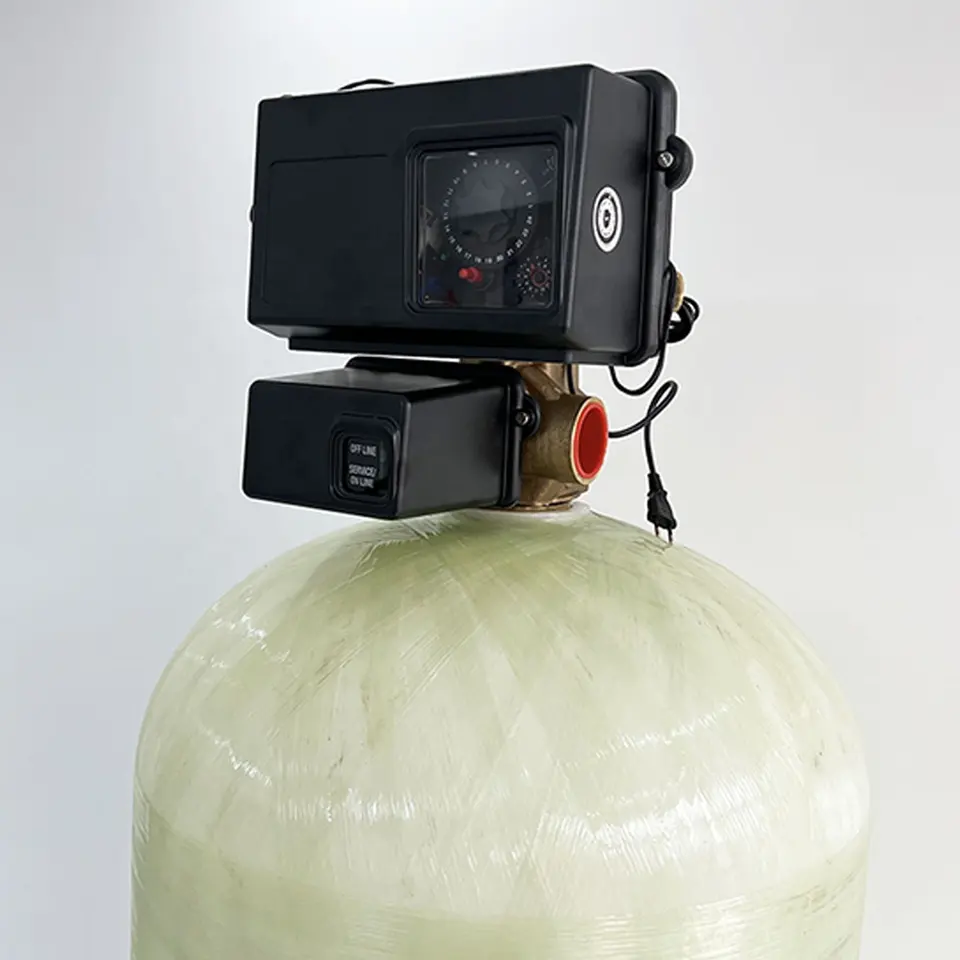
In addition to regular cleaning, it is also important to check the salt levels in the tank regularly. The salt in the tank is essential for the regeneration process, which is necessary for the system to function properly. If the salt levels are low, the system may not be able to effectively remove minerals from the water. To check the salt levels, simply open the lid of the tank and visually inspect the salt level. If the salt level is low, be sure to add more salt as needed.
Another common issue that can arise with water softener valve tanks is a malfunctioning valve. The valve is responsible for controlling the flow of water through the system, so if it is not functioning properly, the system may not be able to soften the water effectively. If you suspect that the valve is malfunctioning, you may need to replace it. This can be a complex process, so it is recommended to consult a professional if you are unsure how to proceed.
| fixed bed GR-1 | ||||
| Model | GR2-1/ GR2-1 LCD | GR4-1/ GR4-1 LCD | GR10-1 Top Loading | GR10-1 Side Loading |
| Output Max | 4T/H | 7T/H | 15T/H | 15T/H |
In some cases, the water softener valve tank may also experience leaks. Leaks can occur for a variety of reasons, such as loose fittings or damaged seals. If you notice any leaks coming from the tank, it is important to address them promptly to prevent further damage to the system. In most cases, leaks can be repaired by tightening fittings or replacing damaged seals. However, if the leak is severe, you may need to replace the tank altogether.
Overall, proper maintenance and troubleshooting of water softener valve tanks are essential to ensure that your water softening system functions effectively. By regularly cleaning the tank, checking salt levels, and addressing any issues that arise promptly, you can extend the life of your system and enjoy soft, clean water for years to come. If you are unsure how to properly maintain or troubleshoot your water softener valve tank, be sure to consult a professional for assistance.


